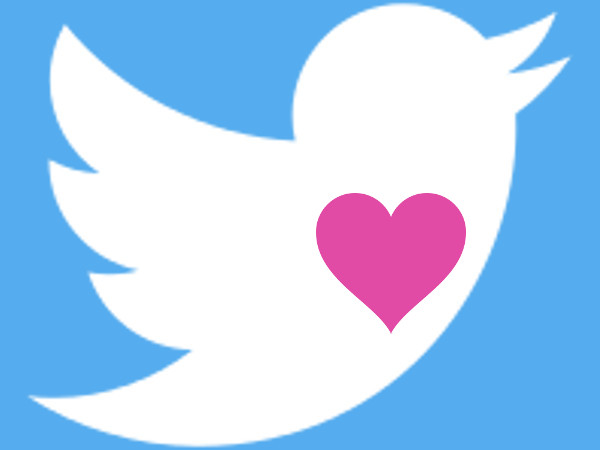Users to Twitter: ‘We Heart You’
 Over the past year, Twitter has made some changes to its overall platform. Most of the changes have been on the back end, concerning the API and how Twitter integrates into Google search. Twitter’s most recent change, effective Nov. 3, may be small in nature, but it’s actually a change to overall user behavior. The seemingly innocuous change got rid of the “favorite” feature — which allowed users to click a star icon and favorite the tweet — in favor of a heart icon to “like” the tweet.
Over the past year, Twitter has made some changes to its overall platform. Most of the changes have been on the back end, concerning the API and how Twitter integrates into Google search. Twitter’s most recent change, effective Nov. 3, may be small in nature, but it’s actually a change to overall user behavior. The seemingly innocuous change got rid of the “favorite” feature — which allowed users to click a star icon and favorite the tweet — in favor of a heart icon to “like” the tweet.
Though Twitter has made other changes that are responsive to user behavior, such as better integration of photos and videos, those changes were still not a change in overall user behavior on the network.
Originally, the “favorite” feature was designed primarily as a social bookmarking tool. When someone favorited a tweet, they saved it to a list where they could find in later. Favoriting indicated to the tweeter that other users really appreciated the tweet. With the influence of other social networks such as Facebook, Instagram and Pinterest, the “like” feature has become ingrained in social network behavior. The new like heart feature will adjust the network to work with prevalent user behaviors instead asking the user to adjust their behavior for the network.
Liking a tweet can be used as social bookmarking, as a way to say you like something someone said, as an acknowledgement of a mention or retweet, and as a way to start a conversation with someone. Because it was previously termed favorite, many people were less likely to “favorite” a tweet because it felt too strong. You may like something, but is it really your favorite? How many favorites can you actually have?
The change to the like feature is giving more freedom to use the feature, as it is not as strong a statement. It is also a feature that users are familiar with. The heart is actively used on Periscope, a live streaming platform that was integrated into Twitter earlier this year, as well as being used on Pinterest. The like vernacular is also used on Instagram and Facebook. The like heart is a combination of popular engagement tools on other networks. The new transformation of favorite to like is not tipping a hat to any one social network, but rather to all of the major networks.
The small change is stirring a lot of conversation about whether the switch is emblematic of a new era for Twitter, which is focusing on increasing user engagement and growth, or the hegemonizing of Twitter to be more like other social networks. Some users fear this signifies the coming of big changes to the network that will strip it of its uniqueness. Others just see it as Twitter updating its platform to be more relevant to the current trends in social media.
Despite some of the controversy from hardcore Twitter users, the network is reporting an overall 6-percent increase in activity since the heart replaced the star.
The fundamental change to Twitter was done with the goal of making the like feature more universally recognizable, and therefore more used. So far it is working.
Lauren MacEwen is the primary strategist and CEO of 7 Veils Media.














